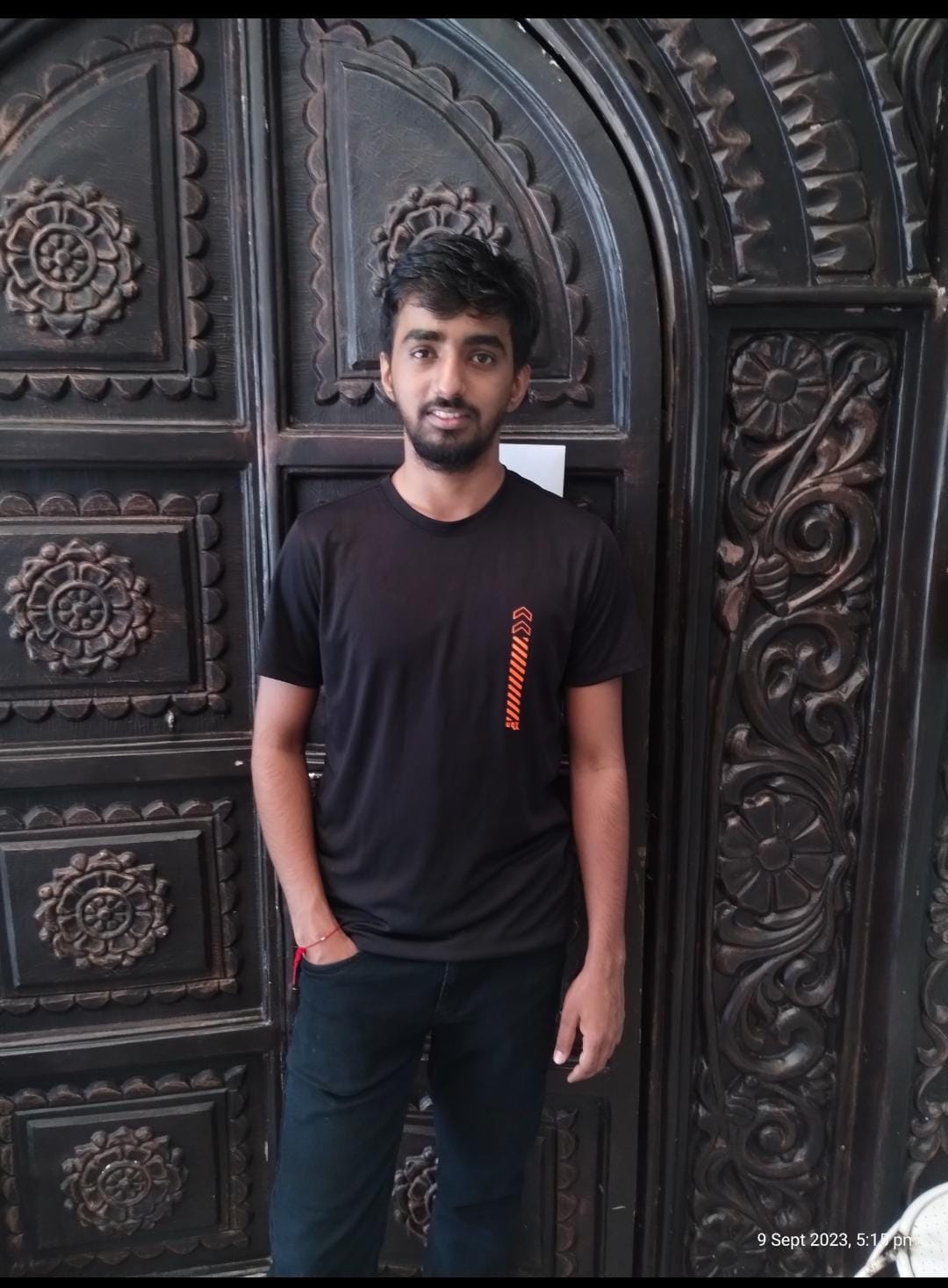Day 42: Web Development + DevOps Journey
 Harsh Kumar Rai
Harsh Kumar RaiDay 42: Web Development + DevOps Journey
Today marked another milestone in my Web Development + DevOps journey, where I dived deeper into back-end development and security aspects, as well as error handling. Here's a quick summary of what I learned, challenges I faced, and how I tackled them.
📌 Topics Covered
MongoDB
Working with MongoDB continues to be insightful. Today, I focused on CRUD (Create, Read, Update, Delete) operations, managing data efficiently. MongoDB’s flexibility with schema-less data is great, but handling complex queries can be tricky.Common Challenge:
Crafting complex query filters to fetch data while keeping performance in check was a bit challenging. I used aggregation pipelines and indexing to optimize some of the queries.Testing Code
Testing has always been essential for ensuring the reliability of code. I incorporated more testing routines to detect issues earlier and ensure smoother integration. I'm focusing on both unit tests and integration tests to ensure every component is functioning as expected.Password Hashing & Security
Security is critical, especially when dealing with user data. I focused on handling passwords securely by implementing hashing mechanisms. Choosing a proper hashing algorithm (e.g., bcrypt) and managing password storage in a secure manner was my goal.Common Challenge:
Balancing security with performance was an interesting challenge. Hashing can be resource-intensive, so I worked to fine-tune the number of hash rounds for bcrypt to strike the right balance.Zod for Input Validation
I implemented Zod for input validation today. Zod allows me to define a schema for inputs and ensures that data coming into the system is always in the expected format, preventing errors early in the process.Common Challenge:
Some of the complex validation requirements took time to implement with Zod, especially for deeply nested data structures. However, having a strong input validation mechanism reduces the likelihood of runtime errors.Error Handling
Building robust error-handling mechanisms was crucial. I worked on making the system more resilient by ensuring that even when something breaks, it does so gracefully without affecting the entire app.Building a Course-Selling Website
Using all these concepts, I made significant progress on my course-selling website. MongoDB served as the database, with proper error handling and input validation layered in to ensure a smooth user experience.Key Focus:
User registration and login system with hashed passwords
Course creation and purchase functionality
Data validation using Zod to ensure user inputs are clean and secure
🛠️ Challenges & Solutions
MongoDB Query Complexity:
While MongoDB’s flexibility is great, query filtering and optimization can become tricky as the dataset grows. To solve this, I used aggregation pipelines and made sure to index the most queried fields, which greatly improved query performance.Testing Code Efficiently:
Writing tests can sometimes feel like a chore, but I pushed myself to automate more testing, which paid off in catching bugs early. I also learned to focus on testing edge cases to make my code more resilient.Password Hashing Performance:
Password hashing can slow down user registration and login if not implemented efficiently. I experimented with different numbers of bcrypt salt rounds, balancing security and performance to ensure a smooth user experience without compromising security.Zod Validation for Complex Inputs:
Handling deeply nested objects with Zod required extra care, but after reading through documentation and testing various edge cases, I set up a robust validation system that covered most of the critical input fields.
💡 What’s Next?
I’m really excited about how the course-selling website is shaping up. Moving forward, I plan to:
Integrate payment gateways for seamless transactions.
Set up automated deployment pipelines as part of my DevOps focus.
Continue refining error handling and security mechanisms for production readiness.
This journey continues to be a learning experience, and each day I’m faced with new problems and challenges that push me to grow as a developer. If you’ve faced similar challenges or have tips, I’d love to hear your thoughts!
#WebDevelopment #DevOps #MongoDB #Zod #ErrorHandling #Security #JavaScript #LearningJourney #Hashing #Testing
Subscribe to my newsletter
Read articles from Harsh Kumar Rai directly inside your inbox. Subscribe to the newsletter, and don't miss out.
Written by

Harsh Kumar Rai
Harsh Kumar Rai
I am a passionate IT student at the Army Institute of Technology, Pune, with a strong foundation in competitive programming and a keen interest in emerging technologies. My expertise spans across various domains, including: Specialist at Codeforces , 4* Star on CodeChef, and 2333 rank in Google Code Jam.Proficient in MERN stackctively exploring Web3 technologies, As I continue to expand my expertise in Web3, I am dedicated to learning in public and sharing my journey through LinkedIn and Twitter